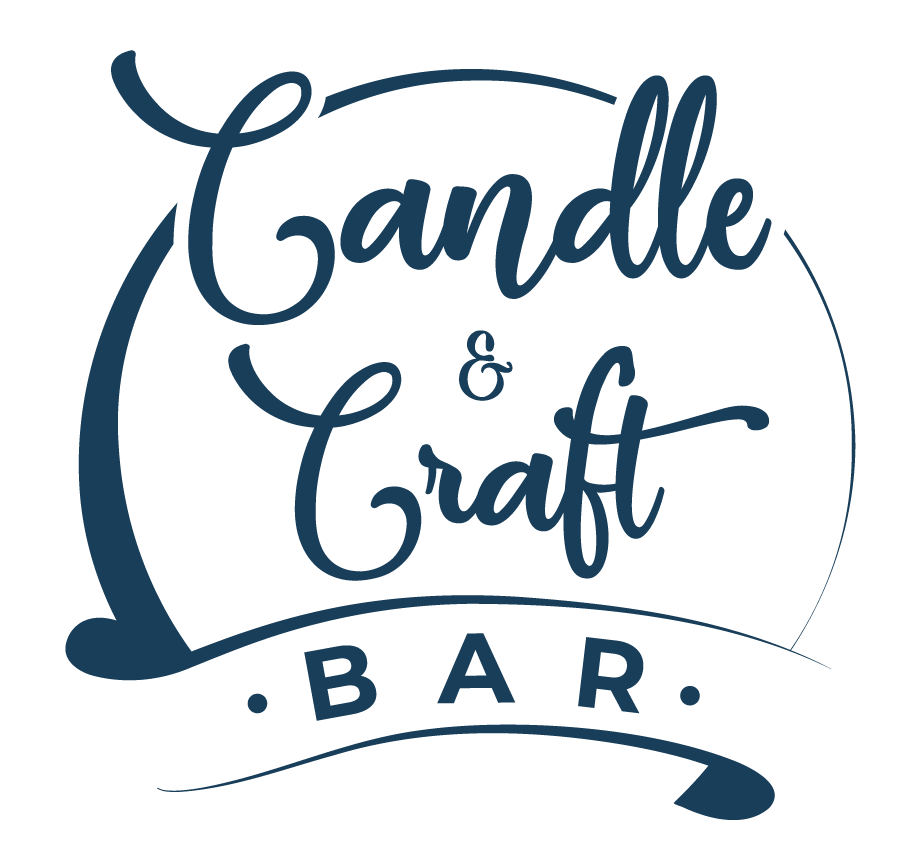Introduction: Encountering water in melted wax during the candle-making process can be frustrating. However, by implementing a few preventive measures, you can effectively address this issue. This guide provides step-by-step instructions to help you avoid water contamination in melted wax.
Step 1: Drying the Wax Ensure the wax is completely dry before use. Moisture absorption can occur if the wax has been exposed to humid conditions. To dry the wax, place it in a shallow baking dish and heat it in a preheated oven at a low temperature (around 150°F or 65°C) for 1-2 hours. This process removes any moisture present in the wax.
Step 2: Protecting the Melting Process Cover the melting container with a lid or aluminum foil to prevent steam or moisture from entering while melting the wax. This protective barrier maintains a dry environment during the melting process.
Step 3: Minimizing Humidity Exposure Work in a dry area with controlled humidity to minimize moisture-related issues. If necessary, utilize a dehumidifier or choose a room with optimal humidity levels for candle making.
Step 4: Double-Boiler Method Consider using a double-boiler system for melting the wax. Place the heat-resistant container with the wax inside a larger pot filled with water. This method acts as a buffer, regulating heat and preventing direct contact between the wax and the heat source. It reduces the risk of water splashing or condensation entering the wax.
Step 5: Proper Storage of Materials Store your wax and other candle-making supplies in a dry and cool location. Avoid areas prone to moisture, such as basements or bathrooms. By safeguarding the wax from moisture absorption during storage, you can prevent water contamination during the melting process.
Step 6: Using a Moisture-Absorbing Agent Place moisture-absorbing agents, such as silica gel packets, near your wax storage area or work station. These packets effectively absorb excess moisture in the environment, decreasing the likelihood of water seeping into the wax.
Conclusion: By following these preventive steps, you can minimize the risk of water contamination in your melted wax while making candles. Ensuring the wax is dry, protecting the melting process, minimizing humidity exposure, employing the double-boiler method, storing materials properly, and using moisture-absorbing agents are effective strategies to maintain a dry environment throughout the candle-making process. Implement these measures to prevent moisture-related issues and achieve optimal results in your candle-making endeavors.

